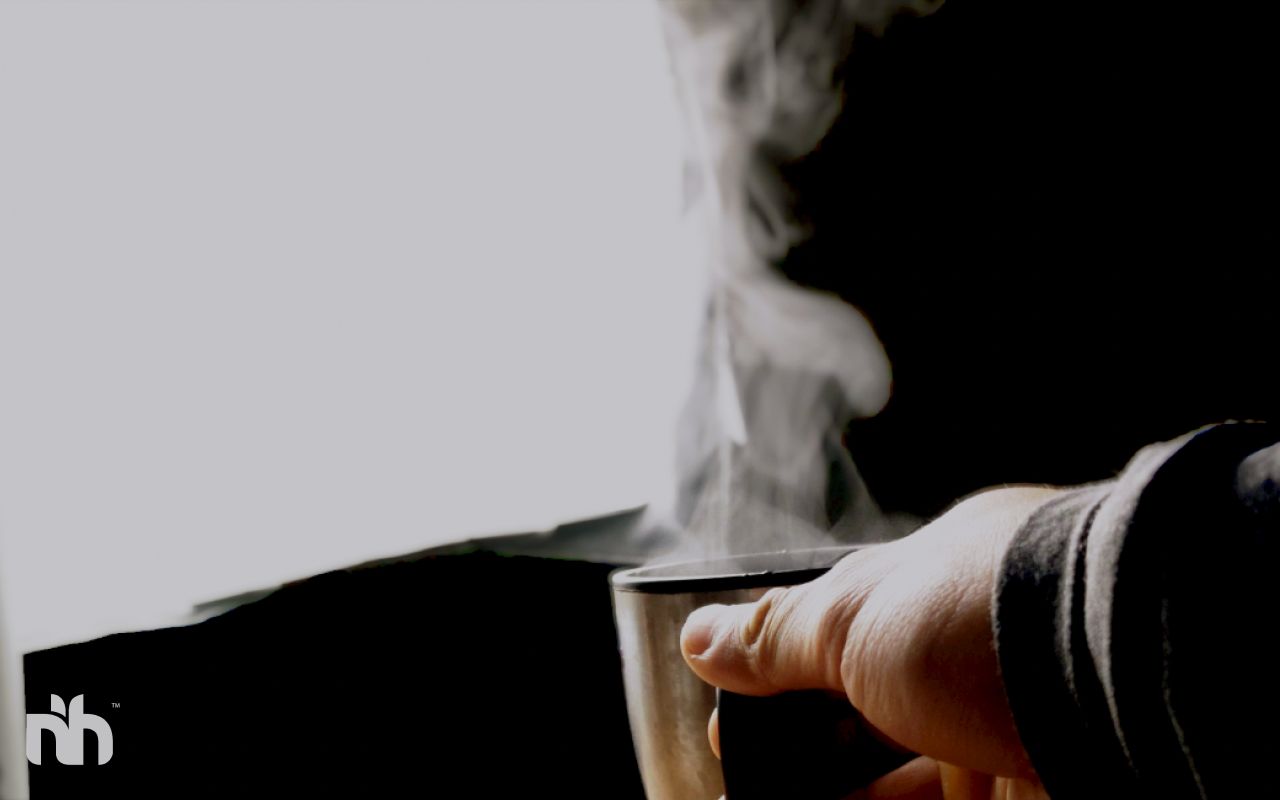I am obliged to share, though overdue with my apologies ~ on the non-negotiable essentials.
The reason for this write-up delay is for me to accrue enough information, as well as my own experience(s), thus far.
If you are new to this initiative, please acquaint with the introductory start page (“How / where shall we begin”). As a disclaimerno differently than any other health or fitness channels – I cannot and will not be able to indemnify anyone wish to adopt or adapt similar way-of-eating (WOE) experiments. This however, does not mean complete discouragement. Everyone should, after all remain as their own self-stewards towards experimenting.
This feature is split into two parts. Firstly, beginning questions-meet-answeres on how we should perceive consumable as non-negotiable. Then in part two, I’ll disclose my top list of item(s) that I consider essential. Note that this feature write up only covers wholefoods, but I also cover some, perhaps not all supplementations I consider key.
I should also note that all this is taken in the context of Cyclical Keto + Intermittent Fasting. Hence, I cannot guarantee, that some of things I recommend here may infinitely be transferrable to other “diets” or WOE(s).

What is “non negotiable”?
The difficulty of writing this feature, is elaborating this topic in ways laterally and beyond what any text book definition may provide.
In my own translation it is anything of exogenous (of external / gathered off from surroundings) that has irreplaceable qualities for sustaining life.
How do we determine what is essential or non-negotiable?
Enter exclusion and reinclusion protocols.
As the the above implies, we must reduce or abstain intake of something, in order to observe (or survey) repercussions if any, that which we may attribute from the omission. Survey how you feel by eliminating or reducing one (1) food at a time. Followed with self-journalling and lots of research.

So putting these to practice…
- Gather a baseline experience
- Start tinkering intakes. None, low or high.
- Continue surveying effects and repercussions.
We’ll got through each of this in detail.
#1 Gather Baseline experience.
First and foremost, habits and routines on current intakes. Gather a baseline experience.
Obviously nobody knows how much is low or high, before/until there is a baseline. Hence the importance of routines at surveying current intakes before tinkering with any amount.
As to ascertaining how long this needs to be is obviously a matter of individual variability. It wouldn’t be just a day. And that’s it.
The most important factors I’d wager is simply adopting this as a routine until it . If current intakes have
#2 None, low or high intakes
Then, consider excluding between none, low or high intakes. None: refers to no intake at all. Low: lower than baseline. High: higher than baseline.
- Continue reducing and/or Repeat for an entire week.
- Continue reducing and/or Repeat for an entire month.
#3 Continue surveying effects and repercussions
Based on the following contexts.
- Hunger & satiety
- Throughout fasting window take note on changes on hunger rhythms or patterns.
- Take note on satiety amidst the the feeding window, relative to daily calorie intake.
- Sleep quality
- Are you able to fall asleep soundly without distraction.
- Do you wake up more tired or wired? Wired – energetic but jittery. Tired – encumbering but anxious.
- Stress handling – Physiology
- Fitness training quality ~ how are you coping before and after training?
- Difficulty, and/or perceived challenges of training volume. Lactic acid threshold, time before exhaustion, number of exericses completed,
- Sustainability of the training. Endurance, mind-muscle connection,
- Afterwards – how bad is the DOMS / delayed onset muscle soreness. This particularly will be relevant especially if experimenting an entirely new form of movement or exercise.
- Fitness training quality ~ how are you coping before and after training?
- Stress handling – Psychology
- Composure. How well are you at maintaining, contending or mediating yourself, against amidst minute or hourly stress exposures through:
- Creativity- thinking, brainstorming, moodboarding.
- Word-finding- fluency, structuring;
- Encoding and decoding;
- Composure. How well are you at maintaining, contending or mediating yourself, against amidst minute or hourly stress exposures through:
The above are only examples and may not immediately be indicative to someone else’s.
#4 Identify for patterns. And scrutinise.
Should any repercussions happen, especially adverse or detriment, note them down.
See if there is a pattern.Try to replicate this pattern within a time frame (usually no more than a month, depending on severity or nuance). If a pattern is indeed replicable, then that food item is likely a non-negotiable.
Of course, people may give up because all this is too hard. Or they blatantly assume everything is equally important.
Of course, obviously ~ everything is important. But certainly there is some(thing) is worth more than others.
By not eliminating nor excluding anything, then effectively we’re not learning anything. Nor are we able to make distinct decisions to be conscious with what we intake. Day in, day out.
Conclusion
Making small changes, simply starting from surveying and tinkering with reduction and reinclusions is worth it the cumulatively, “bigger” outcome.
One thing for certain. Essentiality does not mean everything is important. Truth be told – essentiality means the willingness to self-enquire by tinkering and reductionism.
Otherwise -conformity in “everything in moderation”, especially “Healthy-eating” templates ~ is an instrument towards (In)authenticity. Because it is submission towards false safe haven into thinking we can be stronger without challenging anything we consume, relate and/pr reflect ~ on or off from things not just nutrition.
In this first part I’ve discussed the criterias, and factors to help determine whether a food is “non-negotiable” from standpoints for maintaining caloric needs, and stress handling both physiological and psychological.
Hopefully, in this succinct first of three part writing – is a general guide towards a long exercise.
If you do find value in this, please leave a comment. I wish everyone well.
AW.


